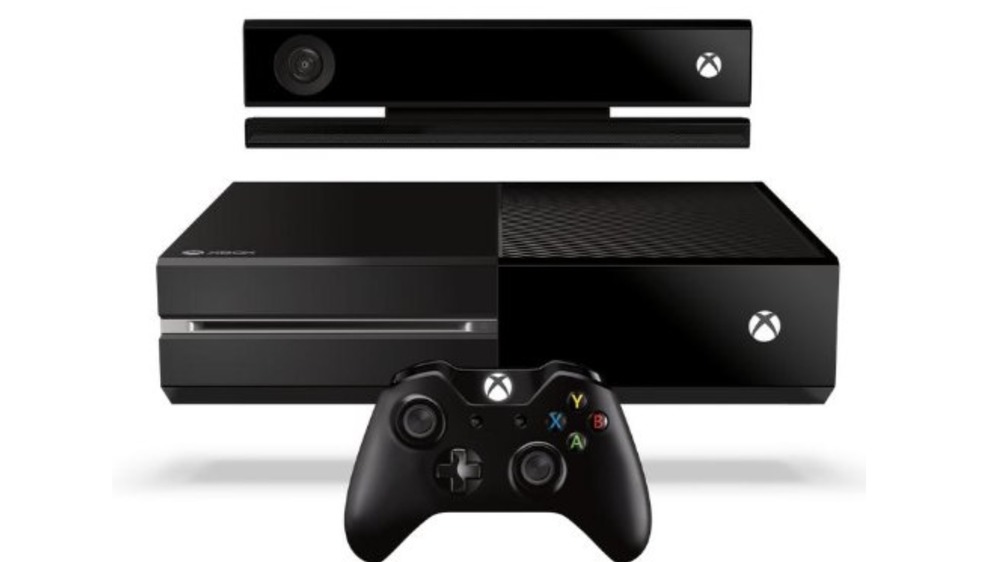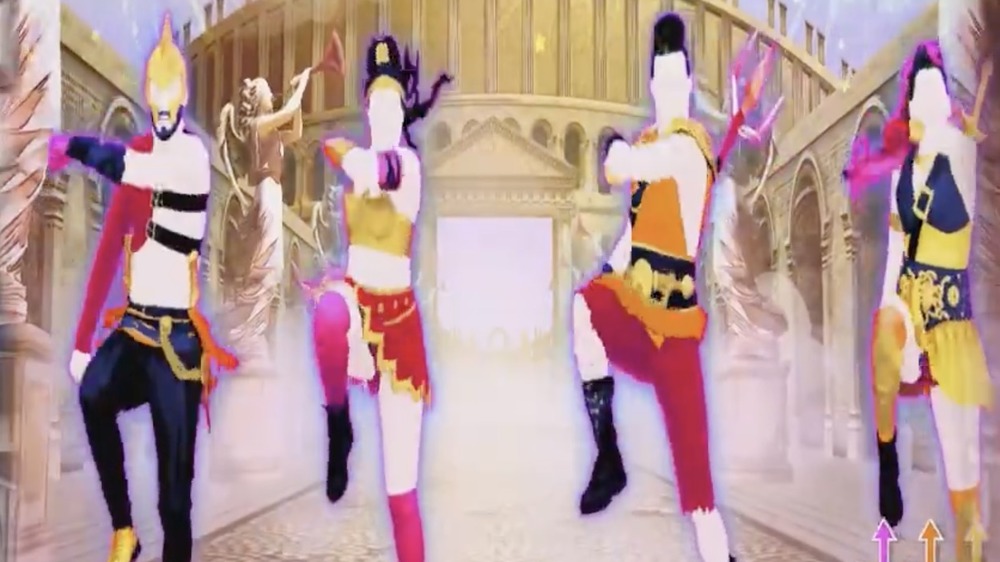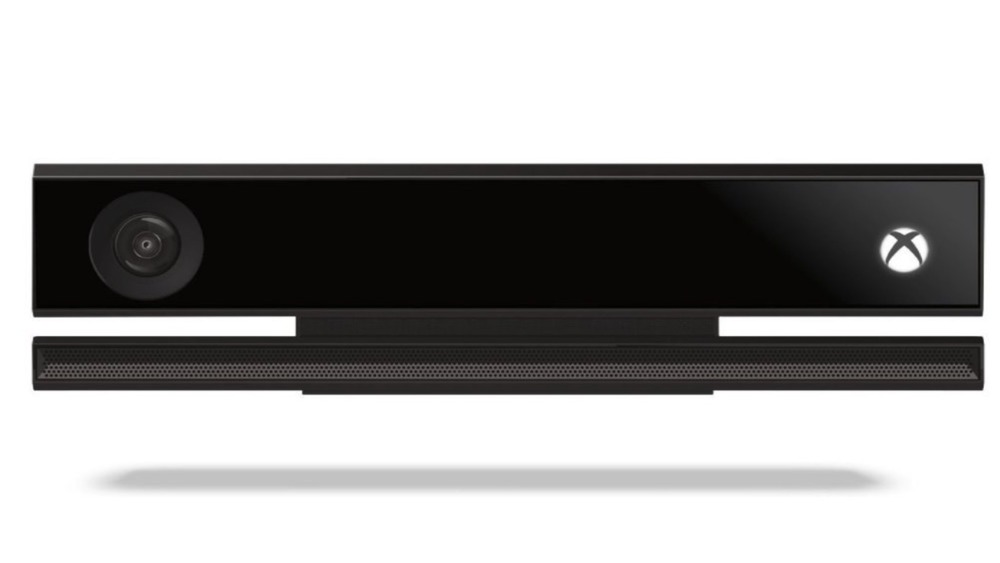This Is Why Microsoft Kinect Was A Complete Failure
We may receive a commission on purchases made from links.
Back in 2010, Microsoft was bullish on a technology that was designed to make gaming accessories disappear — to allow people to become, in essence, their own controllers. Israeli tech company PrimeSense helped Microsoft develop the depth-sensing technology that would eventually become the Kinect, which was inspired by the Nintendo Wii's more movement-oriented control scheme. The Kinect, with its motion control and speech recognition features, ended up being used in a number of games developed by companies such as Harmonix and Microsoft subsidiary Double Fine. These were designed to make the Xbox 360 more appealing to families.
At first, the Kinect peripheral was a big success — Microsoft introduced it on Nov. 4, 2010, with 15 launch games. It announced by March 2011 that 10 million units and 10 million retail games had been sold: the Kinect even broke a Guinness World Record for being the fastest-selling game peripheral. But, by 2015, Microsoft had stopped talking about the Kinect and Polygon declared it to be dead. In 2017, Microsoft stopped manufacturing the Kinect for the Xbox One. So, what happened to turn the fortunes of the Kinect? The answer is, naturally, complicated, but there were a few big factors fans can point to.
The Kinect attracted mostly sports and music games
One of the Kinect's issues was that its motion-control capabilities mostly appealed to casual gamers. Plenty of companies that made AAA action games were doing just fine with the plain old Xbox controller, which means that most of the Kinect games coming out from third parties were sports, dance, or otherwise family-oriented titles. Microsoft had trouble getting others to see beyond the obvious applications to try more pioneering control schemes. Basically, the Kinect felt limiting to third-party developers, both in the number of Kinects out in the wild and in the system's technical limitations, which made it feel like a gimmick.
The Kinect lineup included several Forza games from Sumo Digital, indie puzzle platformer Fru from Through Games, and the truly awful Fighter Within. Many Kinect games were developed by Microsoft subsidiaries, including Rare and Double Fine. Harmonix, a third-party developer known for its Just Dance, Dance Central, and Rock Band games, put out a good percentage of the Kinect's available titles. The Kinect definitely allowed Microsoft to tread on Nintendo territory — but it didn't endear itself to hardcore gamers.
Microsoft tried to initiate forced adoption, complete with an added cost
When Microsoft introduced the Xbox One in 2013, it packaged the new console with the Kinect 2.0 — which, in retrospect, was a terrible move and may have allowed the PlayStation 4 a lead in the so-called console wars. That's because the addition of the peripheral added $100 to the cost of the system. Addiitonally, its inclusion made for a lot of disgruntled hardcore gamers, who were forced to get it along with the base system. Then, when it was time to cut costs on the Xbox, Micosoft stopped including the Kinect in 2014, reducing its adoption significantly.
By then, some gamers had gotten used to the Xbox's voice control, which allowed for easy changing of channels, recording TV shows, and other functions without a remote — all of which are not available in later Xbox One units, and of course, the Xbox Series X|S. Others liked the fact that it was a step toward a decent virtual reality experience.
The Kinect stopped being made in 2017 and Microsoft stopped making an adaptor for newer consoles in 2018. But, it is still being used, in conjunction with mostly PCs, for a variety of applications, from supermarket checkouts to 3D cameras. Microsoft even resurrected the technology in 2019 for use with cloud-based Azure for computer vision and speech models.



